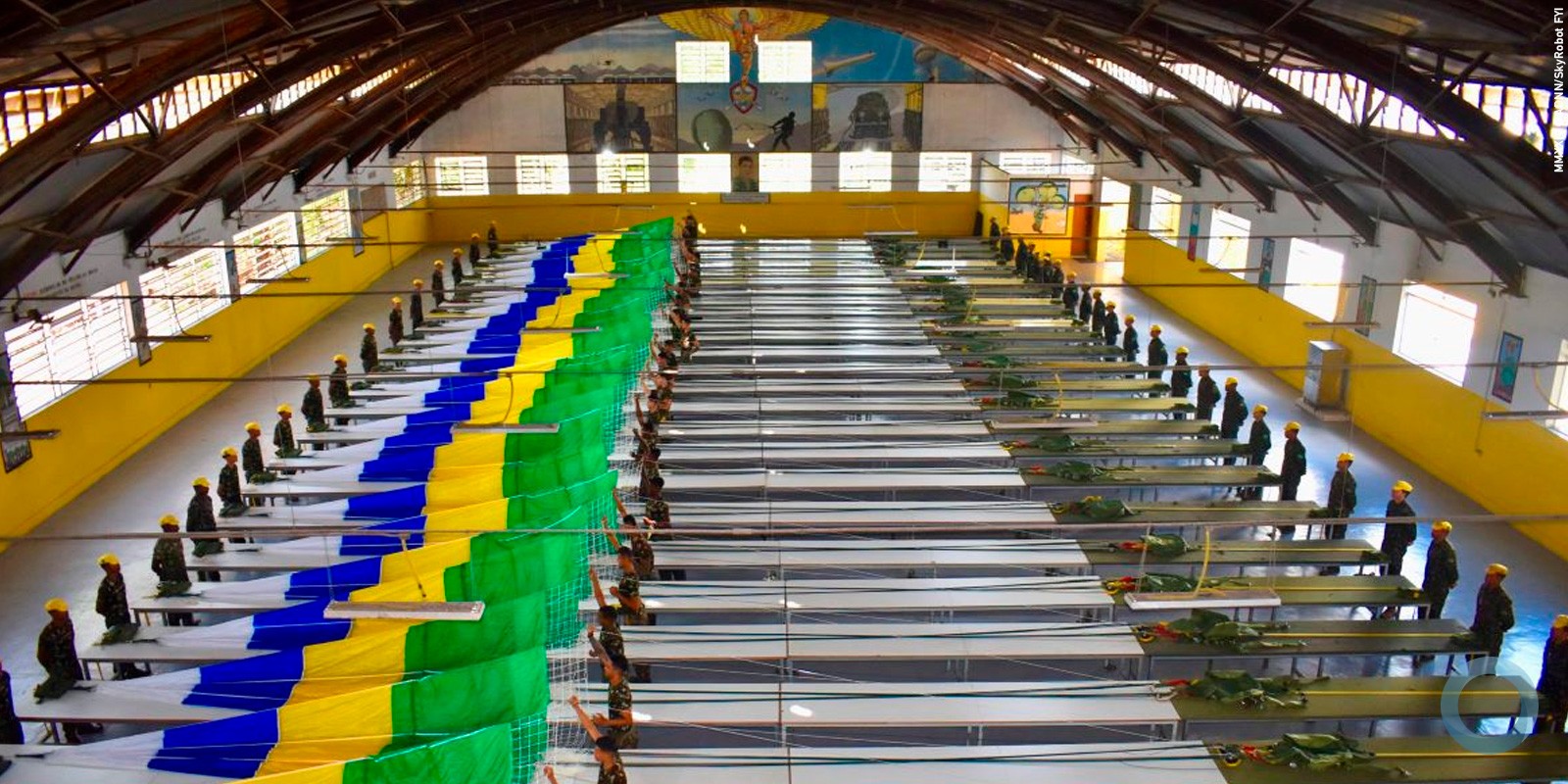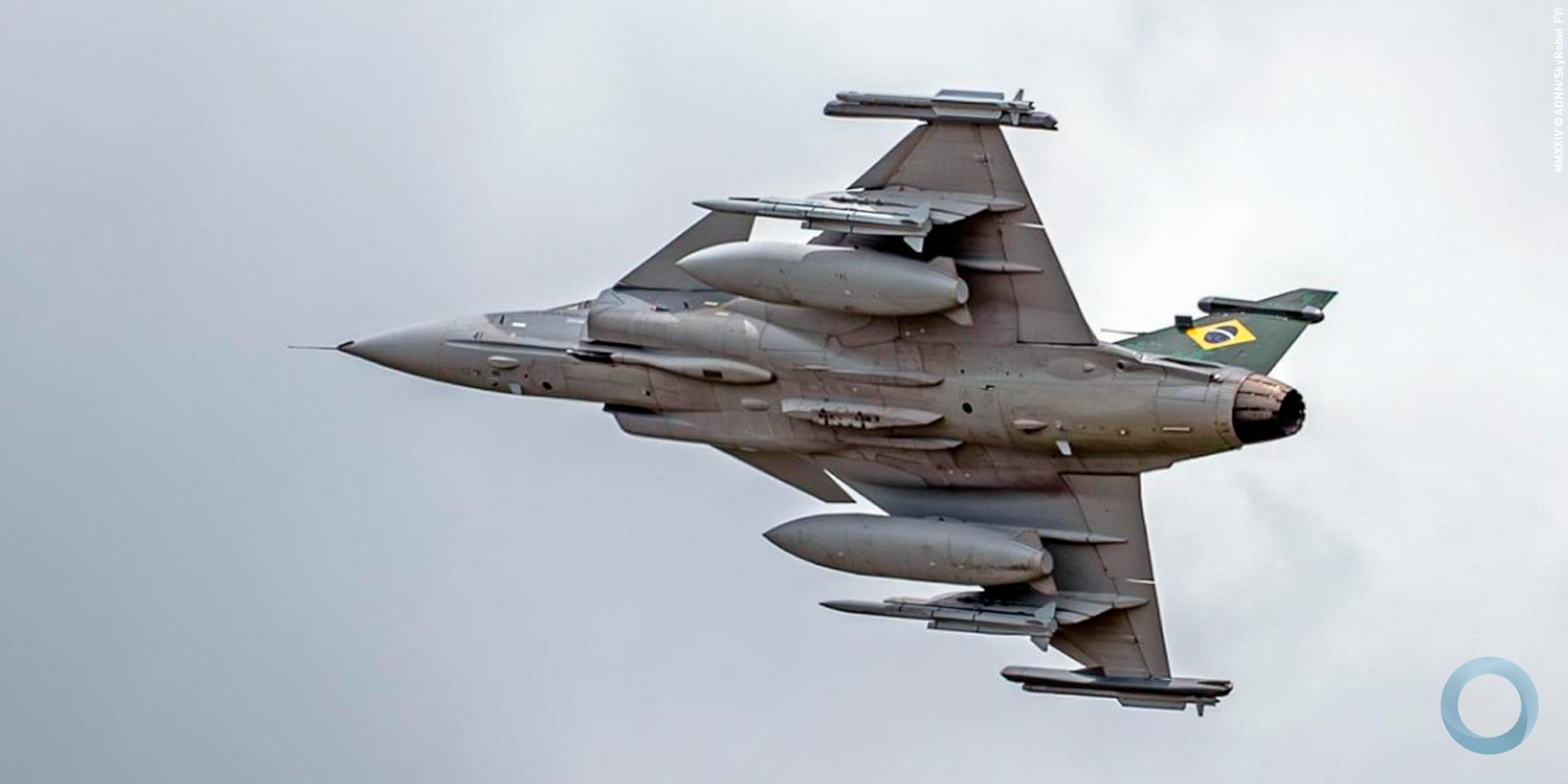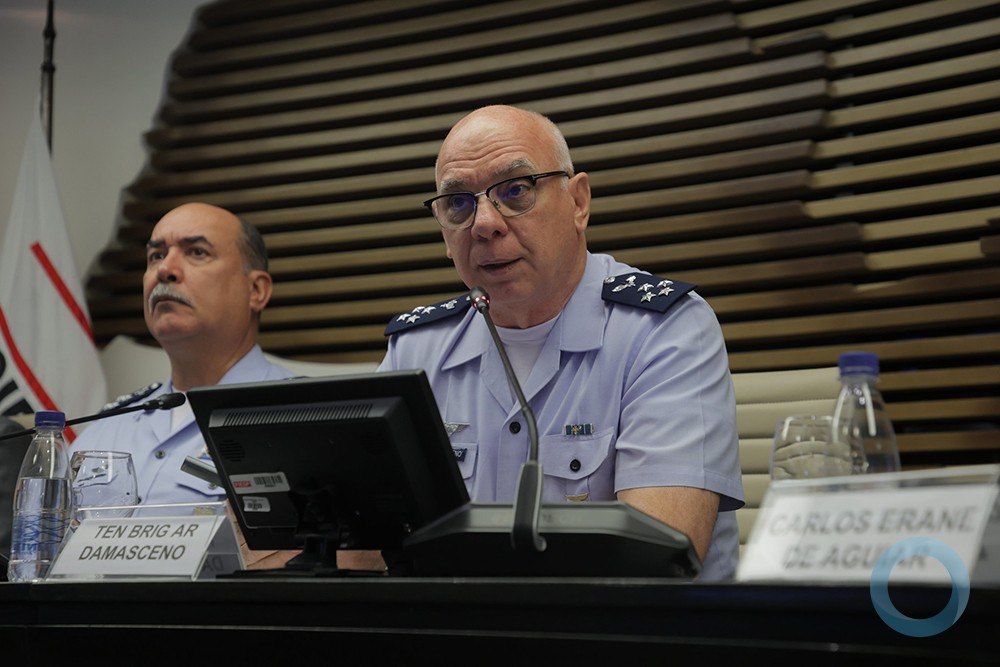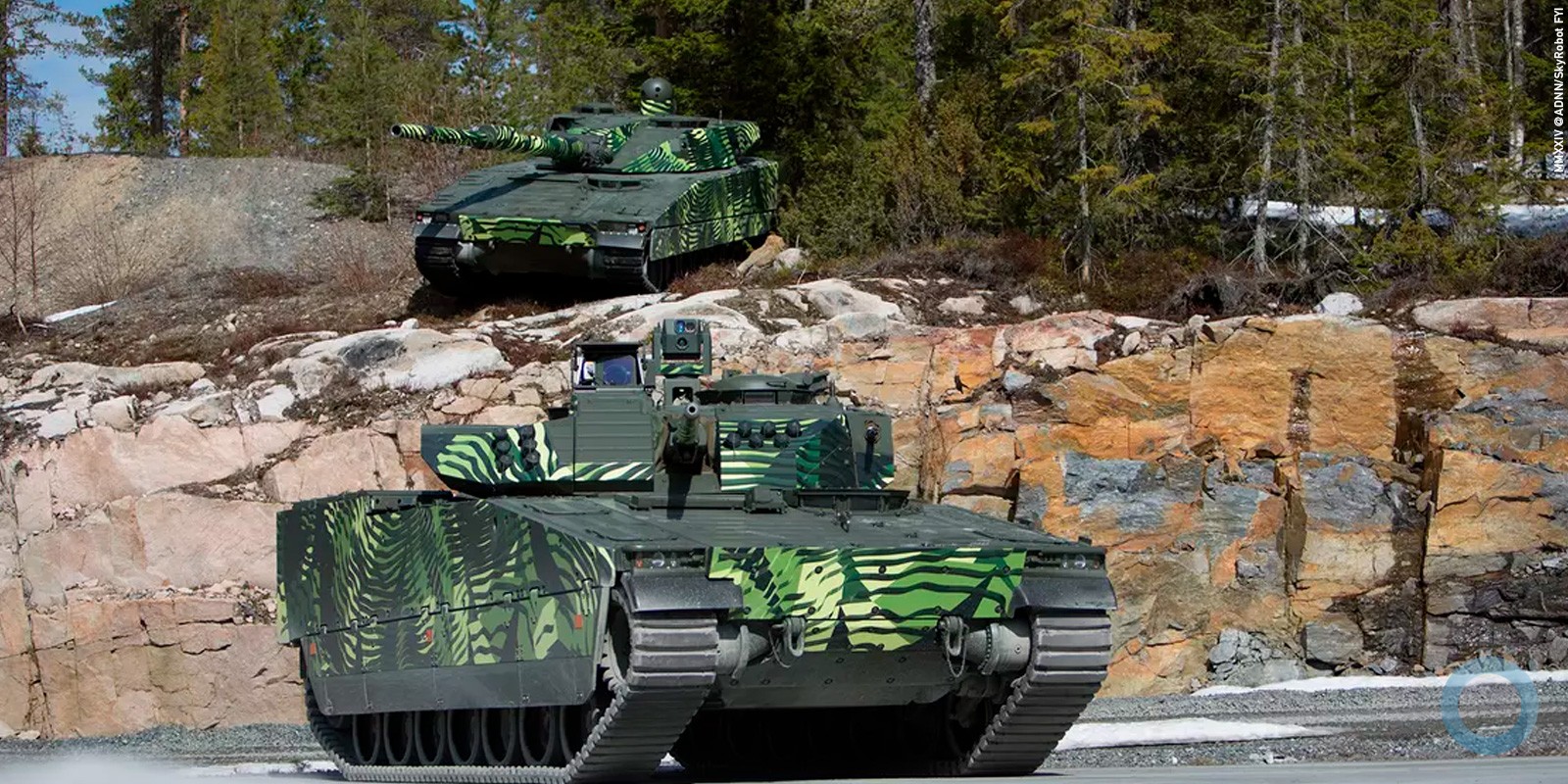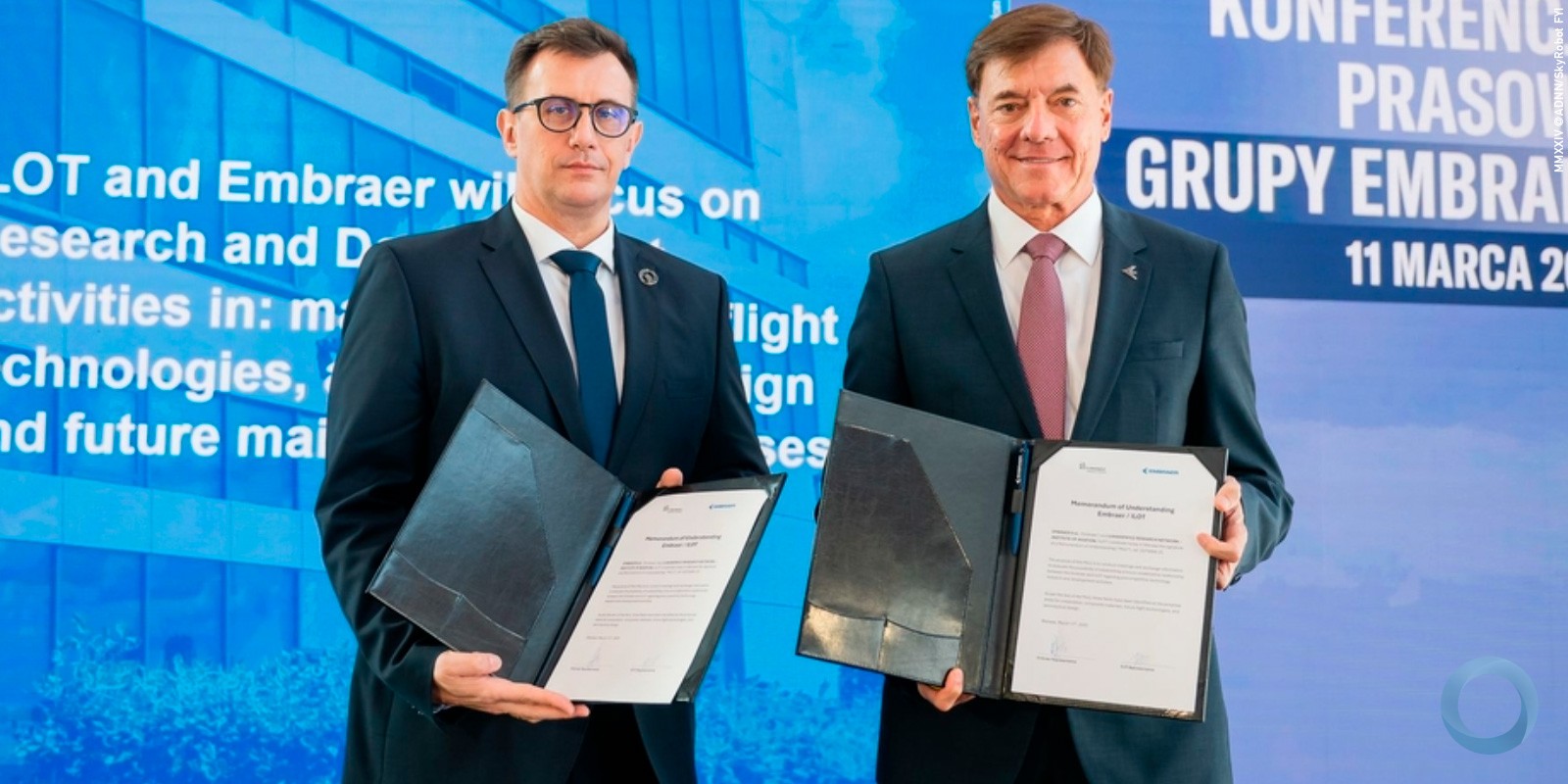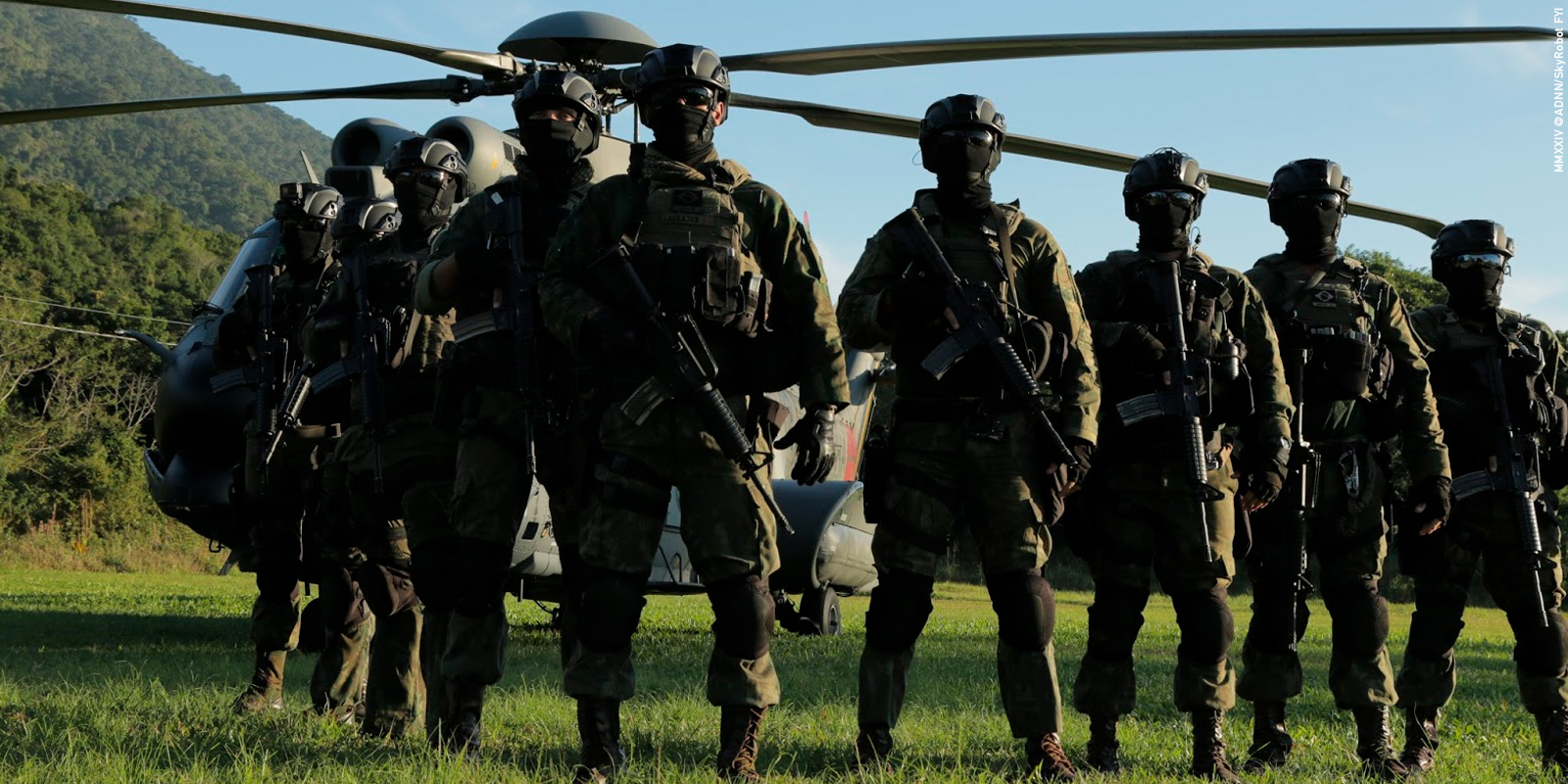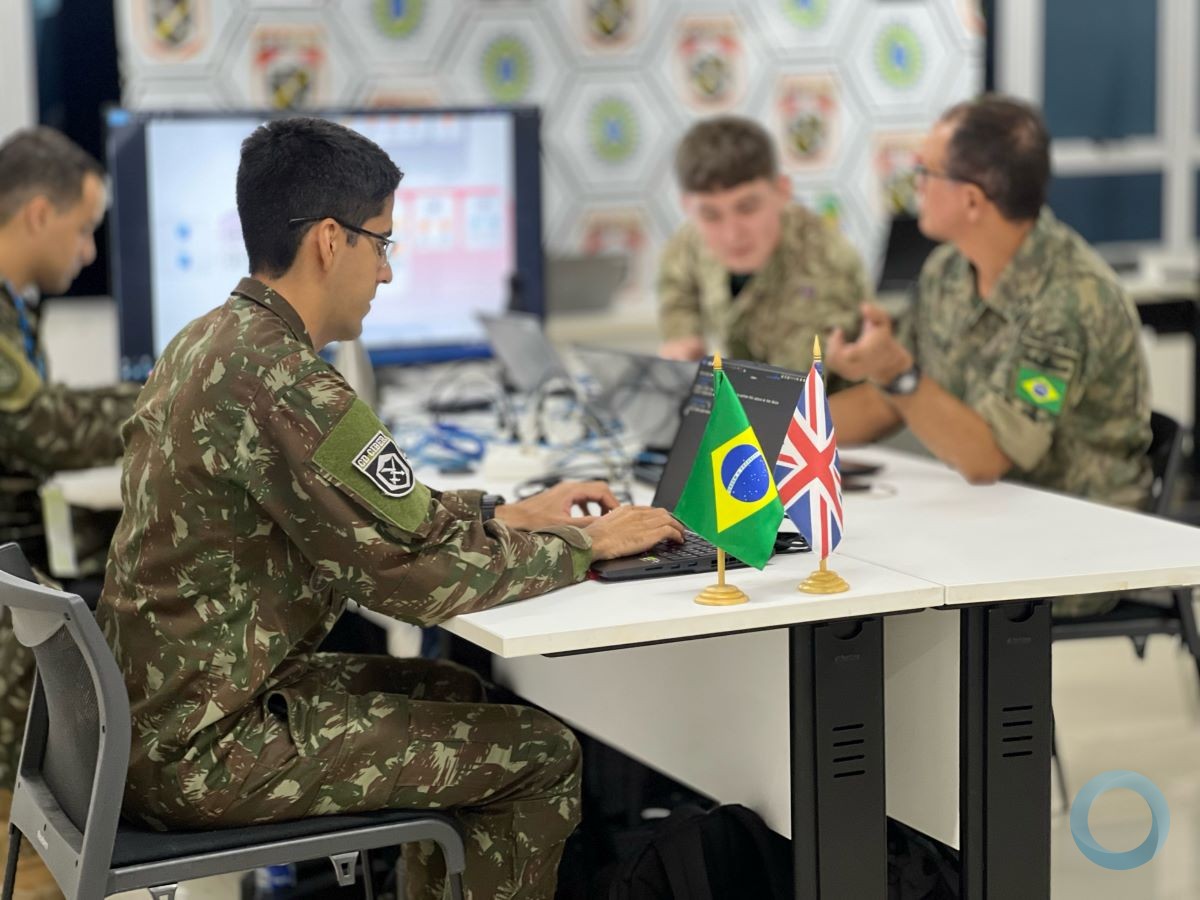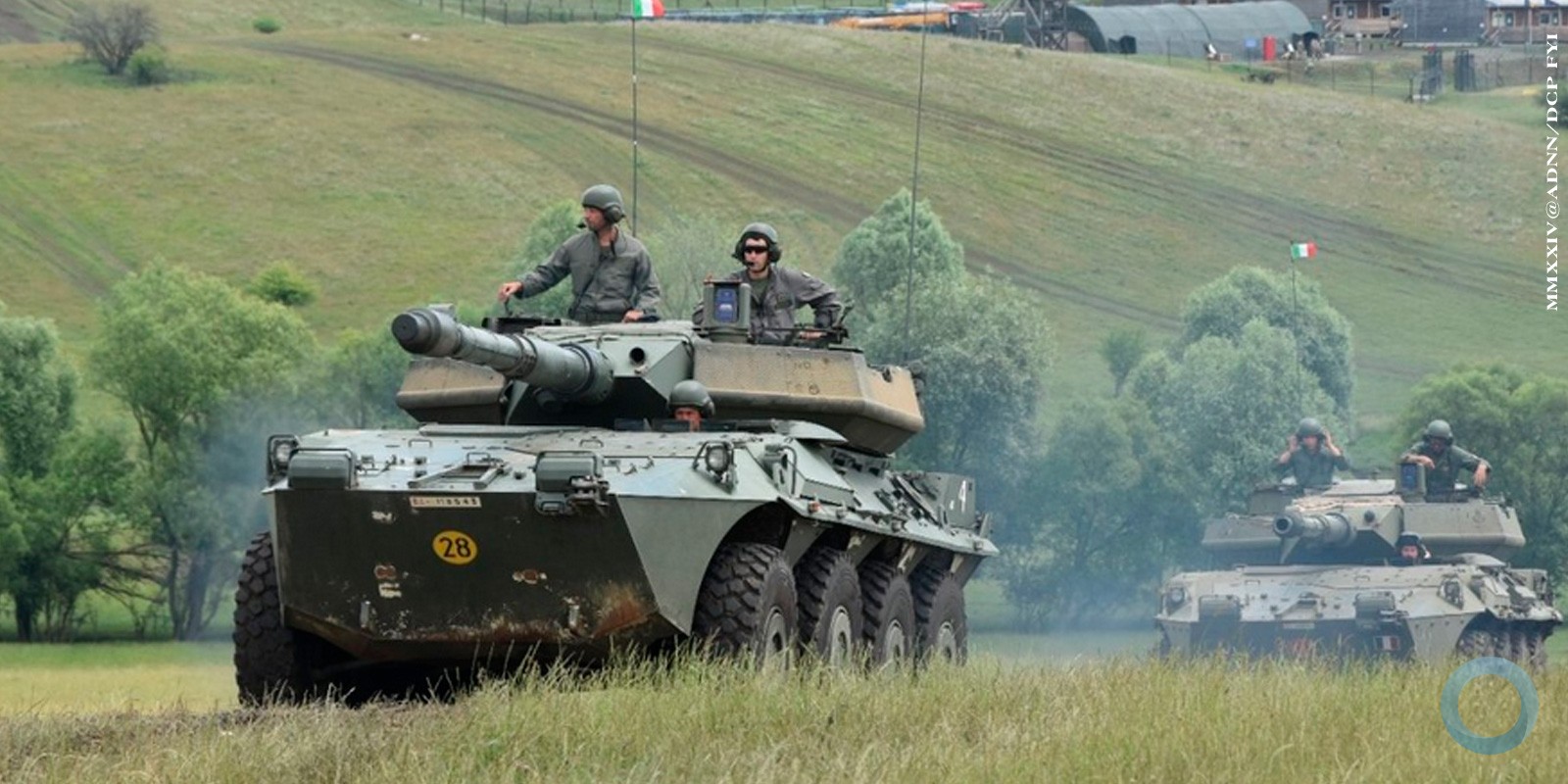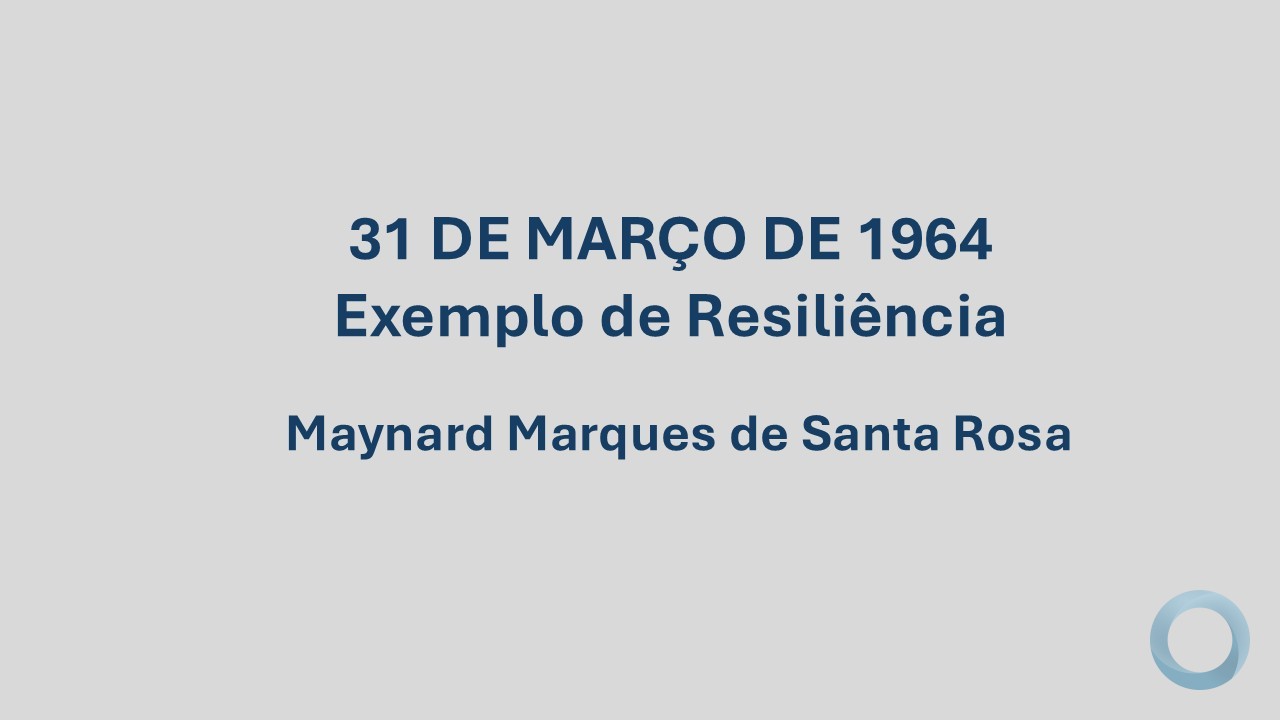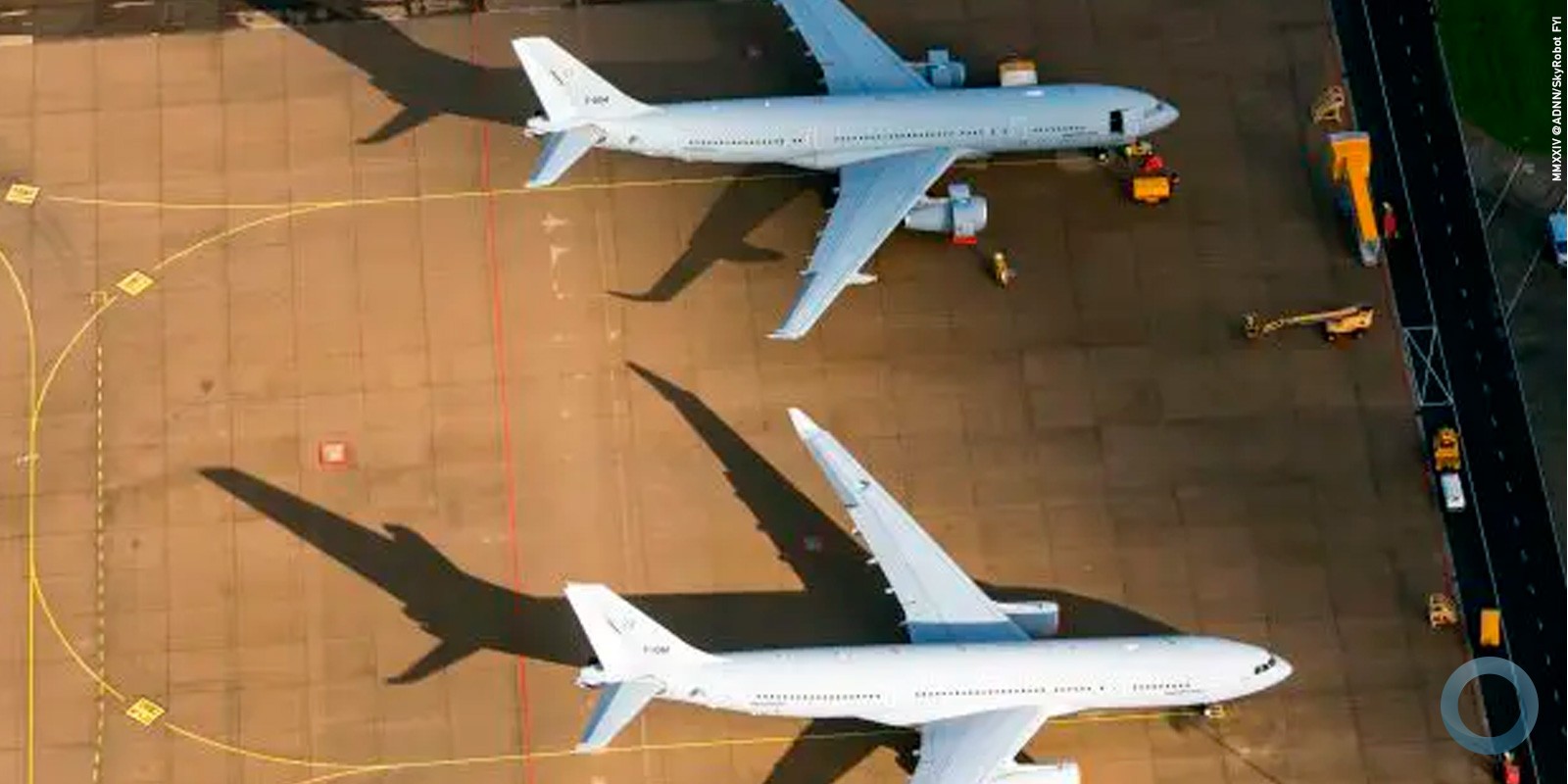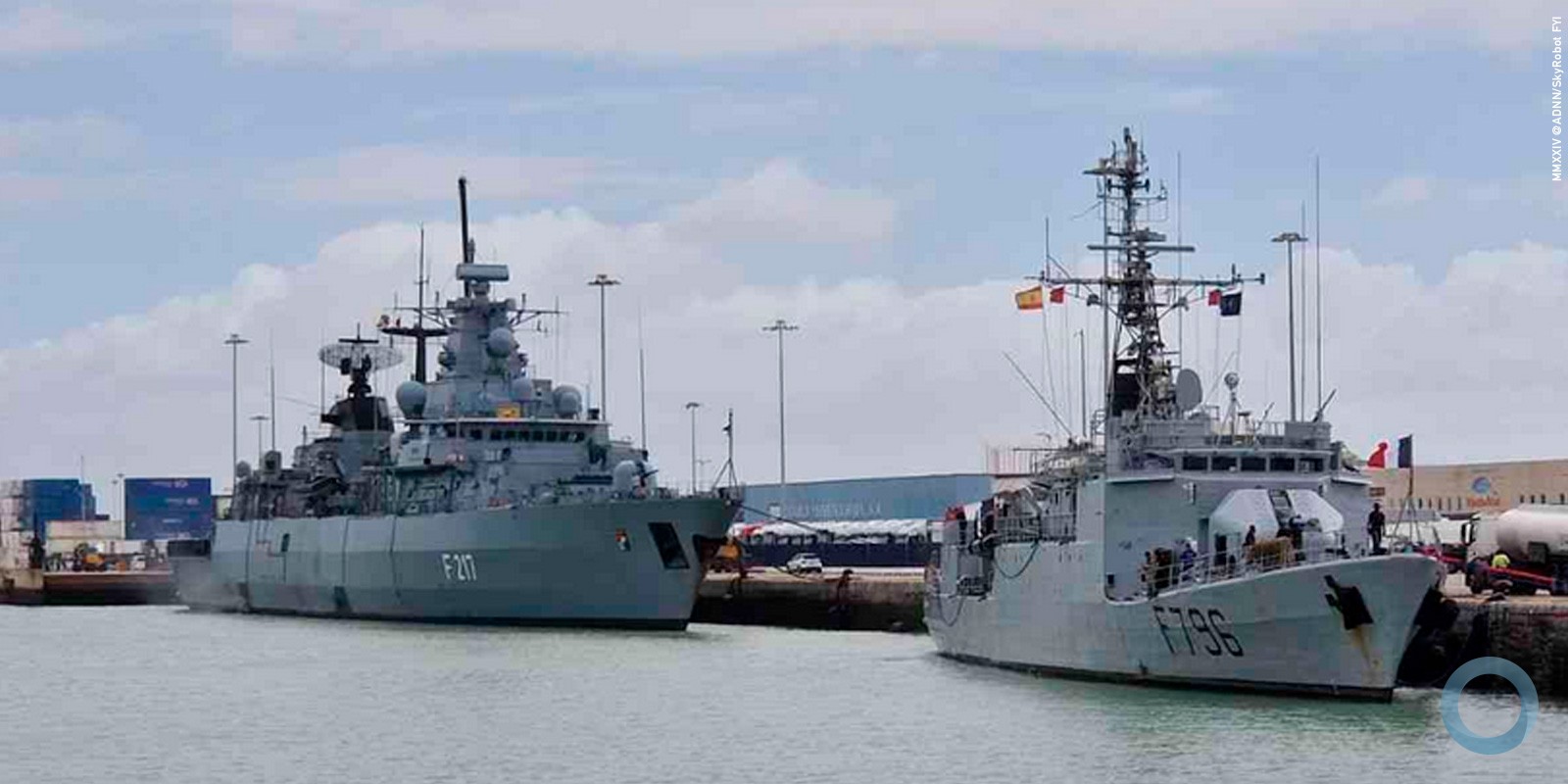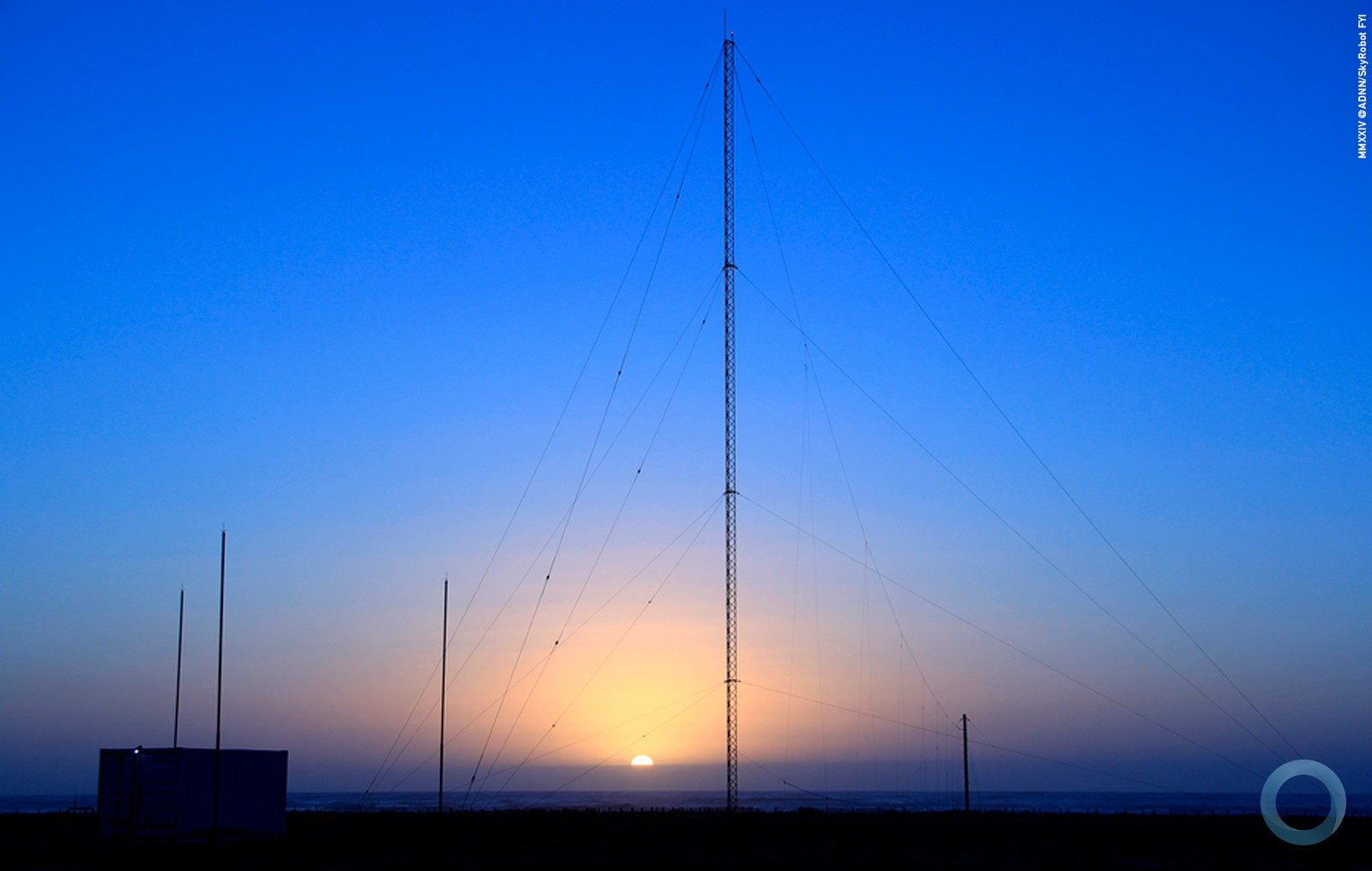Transcription Teleconference with Lennart Sindahl,
Head SAAB Aeronautics. Day 27 October 2014
Text in Portuguese Link
Transcription rights DefesaNet
Steven Glazer
Lennart Sindahl, Head SAAB Aeronautics Division. Good morning or afternoon or night wherever you are in this historic day for Brazil, and Sweden.
This is the largest export order in SAAB’s history. More than that it is the start of a long term relationship between SAAB, Brazil, Brazilian companies, and the Air Forces of Brazil and Sweden. We have thus created a long term relationship between Brazil and SAAB. And together with Brazilian industry as partners we will further expand opportunities for further export success for Gripen., and to announce that Brazil joins Sweden in the launch of the first export order, as the first customer for the Gripen Next Generation (NG).
Contract with Brazil validates Gripen as the most capable and modern fighter system on the market. it solidifies Saab’s position as the world-leading fighter aircraft producer and strengthens our base for future company growth.
Included in the contract is a technology transfer (ToT) program to which Brazil and Brazilian industry will benefit from the new capability to design, develop, produce and export fighters to the world market. Of course, this would also be to the benefit of SAAB, through the good cooperation we have and we will export together with Brazilian industry. If you look at the contract announced today, it is a contract between SAAB and the Brazilian Air Force Command (COMAER), with which we have signed and it’s a contract for 36 Gripen next generation fighter aircraft, 28 of which will be of the single-seat version, and eight of the two-seat version.
The Gripen, as quite a few of you already know, is a state-of-the-art fighter that will be operationally relevant for at least 30 more years. It’s a true multirole aircraft and I would like to specifically point out the ultramodern electronic warfare and radar capabilities that builds up the operational capability of this platform. The Gripen NG, just as our present Gripens, operational with air forces around the globe is signified by availability and affordability that will let the Brazilian Air Forced operate with a strong capability with a high availability.
The Gripen NG version has many similarities to the Gripen JAS 39 E, currently in development and contracted for production for the Swedish Air Force, but adopted in some cases for the specific Brazilian needs. As you have already seen, the contract value is at $39.3 Billion Swedish Crowns (U$ 5,4 Billion rate 27 October), and work will start now in order to start deliveries in 2019 and there is a time here a plan for deliveries.
This marks the successful conclusion of the process that was started on the 18th of December, last year, where the Brazilian Air Force selected Gripen as the preferred solution, over its competitors in the close race in Brazil. The ambition for the Brazilian Air Force (FAB) was to find a contract during 2014 and we are happy both from Saab and I know also from the Brazilian Air Force that we now have concluded the contract in the right spirit and well ahead of time, which I think is a good sign for the future.
Together with this we have also signed a contract for Brazilian Cooperation in projects including what is named technology transfer to Brazilian industry. This is a process which will continue over 10 years, that would include training of Brazilian engineers while jointly developing the two-seat version.
From my perspective, I think we are building now, a long-term partnership with Brazil and its industry. They will be part of the process developing Gripen and also entering new potential markets. Together, between Brazilian industry and Saab, and together and between the air forces, our customers, we will be very strong together, and build a long-term partnership which can have a great success on the world market.
The focus now, of course is to start to work, development for Brazil, and I would like to say that we have seen now the media, some reports that other countries are expressing interest in Gripen. At this point, today, I will not comment on specific countries, our focus has been to land the deal in Brazil and we are happy to have done so, and have no further information on the mentioned countries. What I can say though, is that we will, together with Brazilian industry, with the Swedish government, with the Swedish and Brazilian Air Forces, look at new markets, of course.
There is an expression called transfer of technology, that you might have seen and I want to also mention that. What is this all about? Well, first of all, let me say that SAAB is a heavily export-oriented company. Export secures jobs in Sweden, as well as every other country we operate in. It will also enable us to keep up a strong focus on research and development for future capabilities and product. This order is very, very important in that sense.
And I would say that we expect cooperation with industry in other nations. We have a great track record to do this from our other export contracts. And so we will use that knowledge also in Brazil. This transfer of technology will of course grow knowledge in other industries which means that we can partner with these companies and grow stronger together on the world market. There will be a multitude of Brazilian companies as part of our team and be suppliers of different services and products. Embraer, of course, will be the main partner in this program but we can also see others as AKAER which has been a partner for a few years as a design service provider which has been very good and strengthening corporation.
Together between SAAB and Brazilian industry, we will build and, finally assemble these 36 aircraft, some of them will be assembled in Sweden by Brazilian and Swedish teams, some of them, approximately 15, will be assembled in Brazil, by Brazilian teams, but we also see other industries producing system components and aero structure components to feed into the assembly line. Quite in the near future we will see some 150 Brazilian engineers coming to Sweden to take part and to work and learn by doing on how to produce supersonic fighters.
And we will also see Brazilian operators coming and working in Sweden to train in building Gripens. On the same note when we announced our cooperation with Brazilian industry, it is a cooperation with a very capable aeronautical industry that has a good knowledge in everything from aero structures to complete aircraft, system components, avionics, etc. and this means that we now together, Saab and Brazilian aeronautical industry form a great team, which tells me that it forms a very good basis for a successful project and moreover, it forms a basis for future cooperation. On a closing note, Sweden and Brazil have a long and successful industrial cooperation and, of course, this will gain us in the process ahead.
So I think, all in all, after some almost 10 months of hard work we have come to a situation where we now can start looking ahead and start producing a fighter for Brazil in a good industrial cooperation.
Question ( Some names unaudible): I’d like to know why the final price is US$ 5.4B and not US$ 4.5B as it has been announced earlier? And I also would like to ask, I didn’t get the numbers, how many planes will be assembled in Sweden and how many will be assembled in Brazil?
Lennart Sindahl (SAAB): First of all, on the contract, this is confidential between SAAB and the Brazilian Air Force, and we cannot comment on details on that, ….What I can say is that it has been very clear from the Brazilian Air Force that we need to base the contract on the proposal that has formally been added in to the aggregate and so we have done. With respect to the production, it’s important to note that we will work in a very efficient way-that’s how we do it in SAAB, and that’s how Brazilian industry works, so we will not duplicate production, so Brazilian and Swedish, and other countries would all feed into the production line both in Sweden and Brazil, in order to train the Brazilian teams, we will do some joint work in Sweden and in parallel build up the final assembly line in Brazil, so at present it’s planned that at least 15 aircraft will be truly assembled on the final assembly line in Brazil, However, Brazilian industry will also feed services and parts through those who will be in Sweden during their training period.
Question: Good Afternoon. Wonder if you could clarify if there has been any further move to lease or an interim lease of aircraft to the Brazilian Air Force to build up their training and to form the first squadron as it was before the Gripens arrived? And, also, can you say anything about the announcement by the Brazilian government last week about selling 24 aircraft to Argentina?
Lennart Sindahl (SAAB): With respect to export other than Brazil, we cannot comment on these issues on Argentina. We have no information of that. With respect to lease as I understand it, there has been an ongoing discussion between the Brazilian and Swedish Air Forces and the government of Sweden is involved in that in order to secure the early supply of the Gripen on a lease basis, as I understand, and that will continue now along with the signing of the main contract. (see DefesaNet Report Link)
Question: Yes, I was wondering the extent to which the avionics of the airplane… other than the radar…Will there be substantial differences in the other avionics?
Lennart Sindahl (SAAB): There will be specific adaption to the Brazilian needs and that could typically include things like communications, electronic warfare modes, so that could be the specific requirement from the Brazilian Air Force to tailor to their operational needs. However, basically, it’s the same basic aircraft including avionics as you mentioned on the radar for example. But of course, when you go into details you might see some changes.
Question: I just wanted to ask you whether this in anyway changes your previously stated outlook that you expect to be able to sell about 400 Gripens in the next 20 years. Do you see any change to that? Do you see any more potential after this deal?
Lennart Sindahl (SAAB): I would say this: Our outlook is still valid.
Question: I just wondered whether you could clarify some of the contract issues that have been raised regarding where in Brazil this will take place. And could you please also talk about the extent to which Brazil will develop a two seater. It seems like quite a big leap for Brazilian Aerospace if you like to talk about twin stick what they would have to learn, I know it has already been partially done, but could you talk about what sort of skills they’ll need to learn in order to make that work, and how far along the timeline that will be introduced.
Lennart Sindahl (SAAB): Yeah, the two-seater is part of this contract. Eight of the aircraft are two-seaters. And that development is something that we will do together with Brazilian industry, together with EMBRAER, and other partners in Brazil. That’s part of the technology transfer program in this contract.
Question: Will that take place further along, early 2020s, or will it advance very fast?
Lennart Sindahl (SAAB): We will start development of the two-seater now. However the deliveries will begin with the single-seater and the two-seat will come further down this five-year delivery schedule. And we will use quite a lot of the existing skills in Brazil, I mean as I mentioned earlier, it’s a very capable industrial base and a lot of companies around EMBRAER, but of course they will also further develop their skills by participating in this design.
But I would like to stress that it’s SAAB who is responsible to deliver the aircraft, it’s SAAB that is responsible for the quality and for the airworthiness of the aircraft, and of course, we will always keep together with Brazilian industry, make sure that we always have the same high quality of our products.
Question: And has it been decided where these aircraft will be built and assembled in Brazil?
Lennart Sindahl (SAAB): It is to be decided with EMBRAER and the other suppliers that will feed the assembly lines, both in Sweden and Brazil where we will base production.
Moderator: The next question comes from Vianney Jr., from DefesaNet.
Vianney Jr (DefesaNet): I would like to know if you could elaborate something around intellectual property involved in the Gripen E and the Gripen F as well as I’d like to know, Brazil is doing a big step, from second generation aircraft to looking for how to develop fifth generation aircraft. What do you think? That this deal can help Brazilian engineers to stepping into fifth generation aircraft?
Lennart Sindahl (SAAB): I think if we look at the Brazilian aeronautical industry in general and Embraer in particular, I think we can note that Brazil has had a very long history stepwise, a very controlled and very successful buildup of its marketing and industrial base, not the least, the commercial sector, where EMBRAER has been extremely successful, but also in the military sector. You might know about the AMX program was one step of building up its aeronautical capability in general and military, in particular, in that case, and I think that this deal is another step in this very well-planned and performed process of developing its industrial skills.
And right as you say so I think this is a way for Brazil and Brazilian industry to be a player in next generation aircraft when they will arrive into the future and I think it’s interesting to see Brazil also entering into this arena and that is one of the things when I refer to cooperation with Brazilian industry in this respect.
Vianney (DefesaNet): OK. Just elaborate a bit more around intellectual property involved in the technology transfer
Lennart Sindahl (SAAB): Intellectual property is quite a complicated part of the contract. I wouldn’t like to elaborate on details here. This is a commercially sensitive thing between ourselves and our customer, the Brazilian Air Force.
Vianney (DefesaNet): OK. Thank you.
Question: Two more questions. Will the Swedish Air Force remain highly interested in the two seat version? And second, will all the Brazilian aircraft be new build aircraft? And can you generally inform us a little more about the production plan for these new Gripen and the extent to which the “C” model airframes are reused.
Lennart Sindahl (SAAB):I wouldn’t say that, well, let me put it this way: the contract that we have with the Swedish government for the Swedish Air Force needs is a single-seat aircraft, Gripen JAS39 E. Even when the Swedish Air Force goes looking for the two seat version, it still remains to be evaluated out there. All the Brazilian aircraft will be newly-built on the assembly lines. And I didn’t really get your third question on the production plan.
Question: Well I am unclear as to the extent the Swedish aircraft are new build, as opposed to reusing parts of the Gripen “C” version.
Lennart Sindahl (SAAB): The Swedish aircraft will be newly built on the assembly line in Sweden, however, the design and production is built on existing systems, so it is extremely important to reuse the flight control system into the “E” version, which is one of the trickiest and most risky parts of it and there will also be reuse of quite a number of subsystems, whereas the airframe itself, which is one of the more low costs parts of a fighter, will be newly built. We found out it’s much more financially favorable, to build new airframe than modifying an old one.
Question: Just to clarify, the 15 aircraft that were built in Sweden, is that just an initial plan, rather in Brazil, is that the only aircraft that will be built in Brazil? Can you just clarify whether that is just an initial plan and more are to follow? Or is that the total number of aircraft that are to be built
Lennart Sindahl (SAAB): Yeah. Just to clarify: If we start by using the term “final assembly” there’s a plan for 15 aircraft to be finally assembled in Brazil. The supply from Brazilian industry will include others of these 36 aircraft, or as many as possible. But final assembly is for 15 aircraft in Brazil, however as I indicated a little earlier, final assembly will be done with Brazilian team together with Swedish team in Sweden so there will be Brazilian hands building more than 15 of these aircraft.
Question: And the 15 aircraft, does that include all the two-seaters?
Lennart Sindahl (SAAB): Yes, it does.
Question: On the industrial plans in Sweden: do you plan to hire more people for the life of this contract? And can you give us a sense of the different milestones for the building and for the final assembly of those aircraft, I mean the first orders for rolling items and maybe an idea of the industry around it.
Lennart Sindahl (SAAB): The ramp-up for the Gripen NG is already under way. We are about half-way through the development program and approaching the next test aircraft. When talking about test aircraft, I would like to stress also that we do the flight test and the validation of this system in quite another way than we used to do. We use a lot of ground-based and simulator assets in this respect.
Regarding the major milestones, about a year ago when we inaugurated the total systems simulator, which includes all of the systems including systems around the actual aircraft. The next step in the program would be the tactical systems which would include the hardware, the simulators, and the radar, and then we go off to flight testing.
Well, following this contract signature and all the steps around it, we will now plan the two-seater which we will build together with Brazilian industry. We have already, during the development of the single-seater, worked in this way.
We have had company AKAER as a partner for more than three years now, so we are quite used to working across the Atlantic in the development program and that has been extremely successful and now we will include other Brazilian industries, including of course, EMBRAER in this development plan. Then we will start the deliveries for Brazil with the single-seater, and later in this five-year development plan, we will start delivering the two-seater.
Question: Can you give us a date when there will be the first final assembled aircraft in Brazil? And the date for the delivery of the first Swedish-assembled aircraft?
Lennart Sindahl (SAAB): What I can give you today is that we will start deliveries in 2019 and continue until 2024.
Question: Can you tell me, the value of offsets – included in this deal?
Lennart Sindahl (SAAB): With respect to the offset or the counter-trade, or whichever term you would like to use, the very strong wish that has been expressed from the very early start that this is focused on the Gripen and the development of the Brazilian aeronautical industry and the way to do that is to a very large extent to develop the two-seater together also to involve Brazilian industry as suppliers to the assembly line in Brazil and to the assembly line in Sweden.
So that this means that both the assembly lines in Brazil and in Sweden will have the same set of suppliers, be they Swedish or Brazilian or British, or whatever. As I said earlier, we will not duplicate the supply line. That is not in the interest of any of the partners here.
Question: Is this a fixed price contract or is it a cost plus as in the development of the two-seater?
Lennart Sindahl (SAAB): This is a fixed-price contract. While we have, obviously, still a work that we will do together, with out partners in order to come to an agreement. No double work but it’s a fixed-price contract.
Thank you all very much for your questions here today, We will now start the joint program with Brazil and as I introduced. We are extremely happy and proud to have been selected for this Brazilian program and we see it very much as a partnership between Sweden and Brazil, our air forces and Saab, and Brazilian industry. With that I thank you all and good afternoon!






